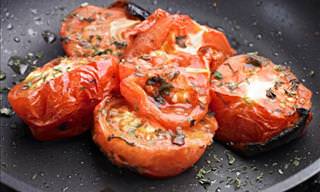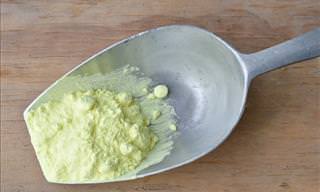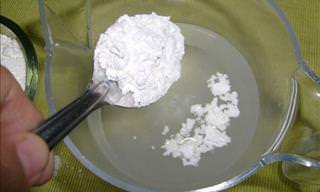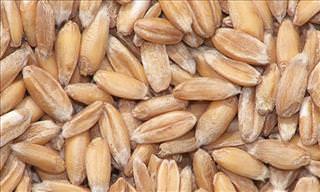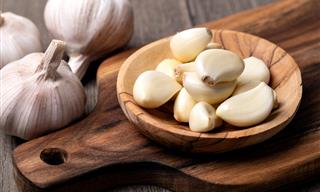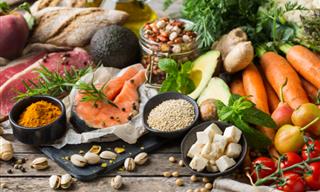You may have already encountered spelt bread or flour in the bakery or on store shelves, however, you may not be sure just what the difference is between it and regular flour. The truth is that you’re not alone and in light of the many alternatives, it’s very easy to get confused with the different products and therefore it’s worth getting to know some important facts about the subject.
Spelt is a grain from the wheat family that was one of the most popular grains in many countries around the world, but because harvesting common wheat is simpler, more farmers have opted to stop growing it. In recent years, however, we’ve witnessed its return to supermarket shelves in the form of products such as breads, cakes, cookies, and pies. If you want to know why spelt should be added to your diet and how to use t in your kitchen, keep reading!

1. It has a high mineral content
Many people wonder about the difference between spelt and common wheat, so the first benefit to be addressed is related to the difference between the two. On the one hand, whole wheat and spelt are very similar in terms of the nutritional value they provide to our bodies since they are both a source of carbohydrates, protein, fiber, vitamins, minerals and other important nutrients.
On the other hand, several studies have pointed out certain differences that are worth mentioning. Researchers found that spelt’s mineral content is higher than that of whole wheat because it contains more zinc, manganese, and copper, and other studies have shown that spelt contains a lower amount of harmful phytic acid, which is found in other grains in large quantities and prevents the body from absorbing vitamins and minerals from food.
2. Helps the digestion process
Spelt is one of the leading sources of fiber from all grain varieties, making it much easier to digest. A cup of spelt contains 30% of the recommended daily dietary fiber intake for adults, which accelerates digestion and help reduce conditions such as constipation, bloating, cramping, gas, diarrhea and even more serious problems such as ulcers.
3. Helps blood flow in the body
The high amounts of iron and copper in spelt are essential for the formation of red blood cells, which contribute to a significant increase in blood flow, as well as rapid healing of various organs, faster metabolism, and even healthy hair growth.
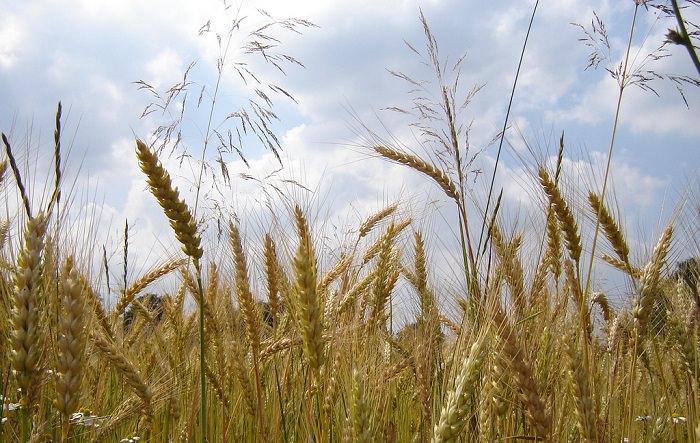
4. Contributes to reducing cholesterol levels in the body
Another advantage of the amount of fiber found in spelt is its contribution to the balance of bad cholesterol (LDL) in the body. This is because it inhibits the absorption of cholesterol in our body on the one hand, and absorbs bile in the intestines on the other hand. Because we lose fiber when using the restroom, we also get rid of harmful bile juices that contain excess cholesterol.
5. Suitable for those that are sensitive to wheat
Like other species of the grain family spelt also contains gluten, but its quantities are smaller than those found in wheat. This means that celiac sufferers can’t consume it, but those who are just sensitive to wheat can enjoy it without fear, making it a great alternative.
6. It’s exposed to less pesticides
The reason why wheat has become more popular than spelt is that spelt’s shell is much thicker than that of other grains, and to expose the inside of the grains there is a need for special equipment. This fact makes it difficult to process spelt, but at the same time protects it from environmental hazards such as various pests and insects, and harmful pesticides.
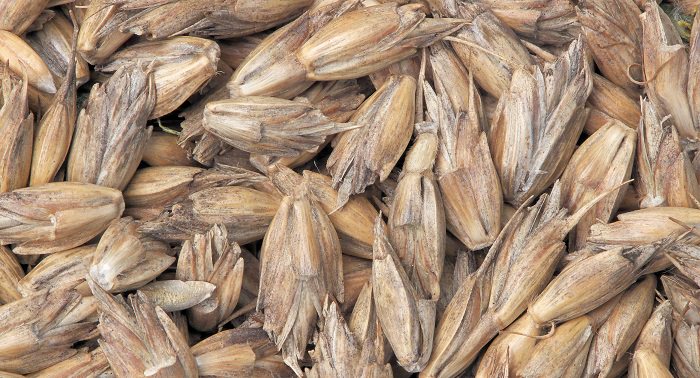
7. Helps to strengthen bones
Consuming large quantities of minerals essential for bone health, including zinc, magnesium, copper, phosphorus, and selenium, will help contribute to the processes that strengthen bone tissue, thereby preventing osteoporosis and other problems that may develop over the years due to the weakening of bones in our bodies.
8. Encourages the growth of new tissues
The combination of phosphorus and protein enables spelt to become a grain that is also very important in the development and growth of new tissues, blood vessels and muscles. Phosphorus is one of the most essential elements in the process of building new cells, while protein breaks down into amino acids that are re-formed in the body and are used in almost every process the body needs to maintain its daily functioning.
9. Strengthens the immune system
Another ingredient found in spelt in abundance is thiamine, which is known for its ability to significantly strengthen immune system function and to activate mechanisms that protect the body, including those that relieve emotional damage caused by stress and anxiety.
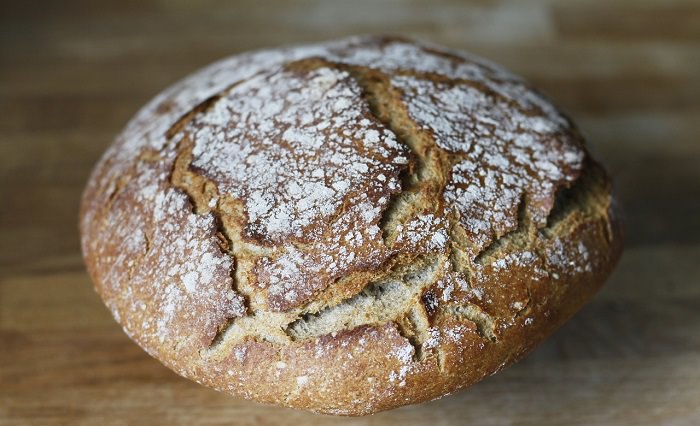
10. Contributes to strengthening female health
Spelt is also rich in a special type of nutrient, called plant lignans. Lignans are estrogen-like substances that protect women’s hormonal system and are thought to be particularly effective in protecting against breast cancer. They are also suitable for women suffering from various symptoms of menopause, so if you feel hot flashes, concentration problems or mood swings due to menstruation, you may want to increase your daily intake of spelt.
11. Reduces insulin levels
While sugar and simple carbohydrates are known to be unhealthy and even dangerous foods for diabetics, the high fiber content of spelt can counteract these negative effects and regulate them by turning the simple sugars into glucose. This is because spelt is considered a food with a low glycemic index, which is slowly digested and absorbed, thereby causing a moderate increase in sugar and insulin instead of a sharp jump. Therefore, consuming spelt is recommended for those who suffer from type 2 diabetes, as well as those at risk of developing the disease.
12. Contributes to preventing the formation of gallstones
The role of the gallbladder is to release fluids into the digestive system, however, throughout the process different types of sediment accumulate as well which can lead to the formation of gallstones and severe pain. The high concentration of fiber in spelt and their ability to absorb fluids and remove them from the body may help you cleanse the gallbladder from harmful deposits, thereby contributing to the prevention of gallstones.

Tips for Using Spelt
After you've learned about the many benefits of spelt, you probably want to know how to make use of it. Fortunately, you can add it to any recipe as a substitute for common wheat flour, incorporating them into all baked goods or adding the whole grains to soup or using it as a side as you would rice or potatoes.
How to cook spelt grains
The process of cooking spelt is quite simple, all you have to do to add spelt grains to any meal is follow these instructions:
- Wash the spelt grains and soak them in water for eight hours or overnight.
- Before cooking, wash the grains again and then strain them.
- Pour water into a pot with the grains, three cups of water to one cup of grains, and bring to a boil.
- Once the water has boiled, lower the heat and cook for about an hour. When finished, strain and add to your dish.
image source: Rasbak, storebukkebruse, Rasbak
 Go to BabaMail
Go to BabaMail








